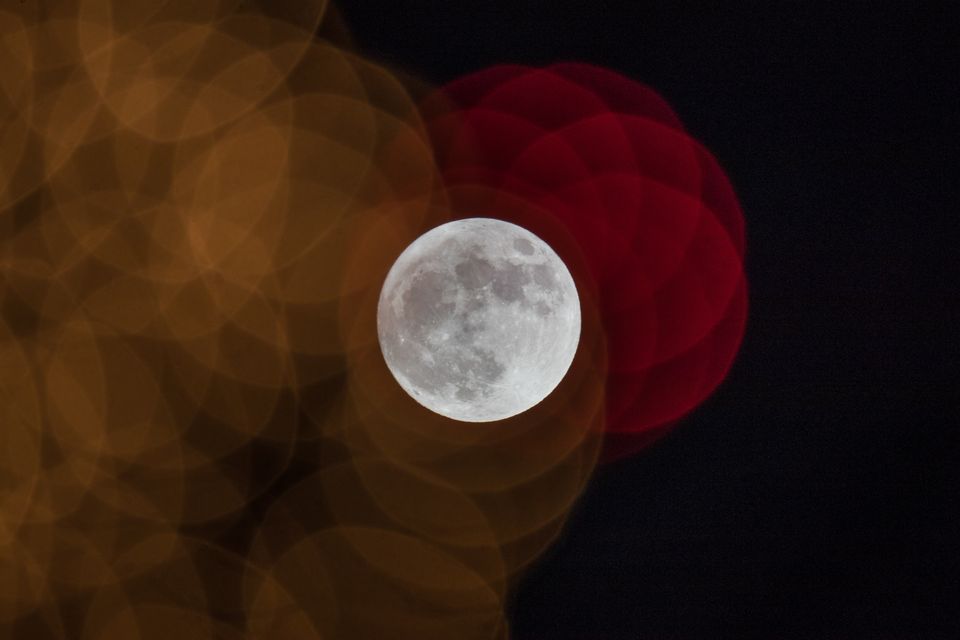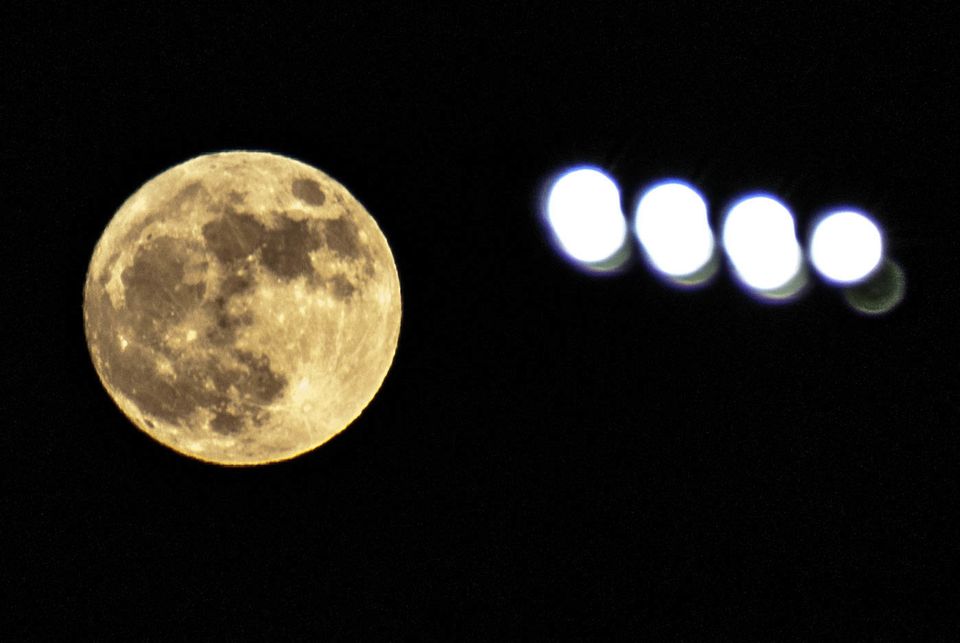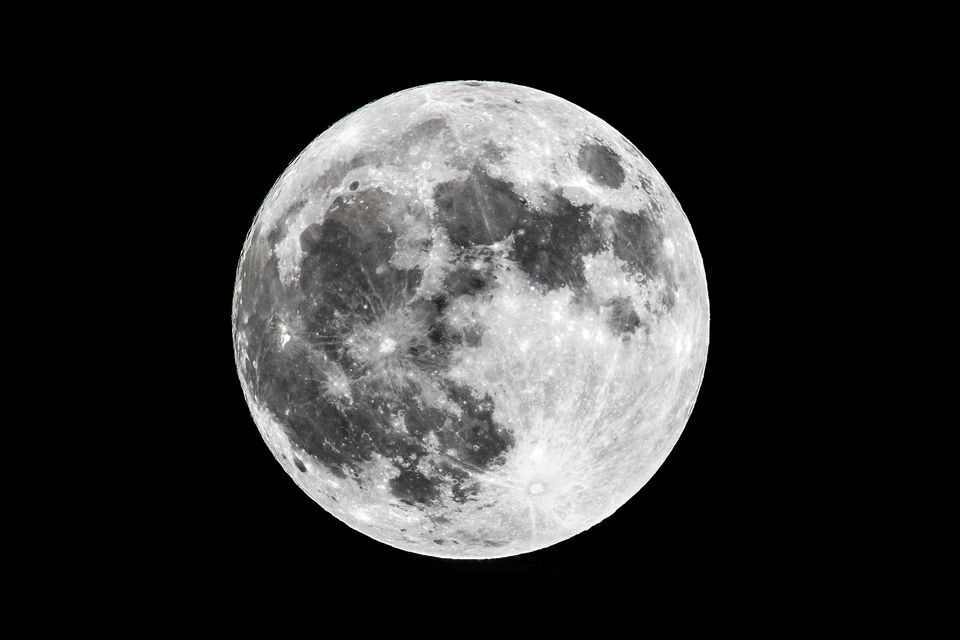We might have only had two days of 2018 so far, but we’ve already seen one of the biggest lunar phenomenons of the calendar year.
On New Year’s Day, the UK was treated to the ‘largest’ full moon of the next twelve months, as it reached the closest point in its orbit with Earth.
The rare supermoon is known colloquially in Britain as the ‘Wolf Moon’, according to the Met Office, but elsewhere in the world it is known as Old Moon, Ice Moon or Snow Moon.
While you might not have seen any werewolves, stargazers across the country managed to capture some stunning images of the event.







Social media users were also sharing their own images from the supermoon.
What is a supermoon?
NASA says that a supermoon happens when a full moon coincides with the moon’s perigee - meaning the point in its orbit at which it is closest to Earth (the farthest point is known as apogee).
The moon is usually about 238,000 miles away from Earth but when in perigee it is about 222, 135 miles away - a difference of 30,516 miles.
Appearing 14% larger and 30% brighter than the moon usually does, you won’t need a telescope to see a supermoon.
